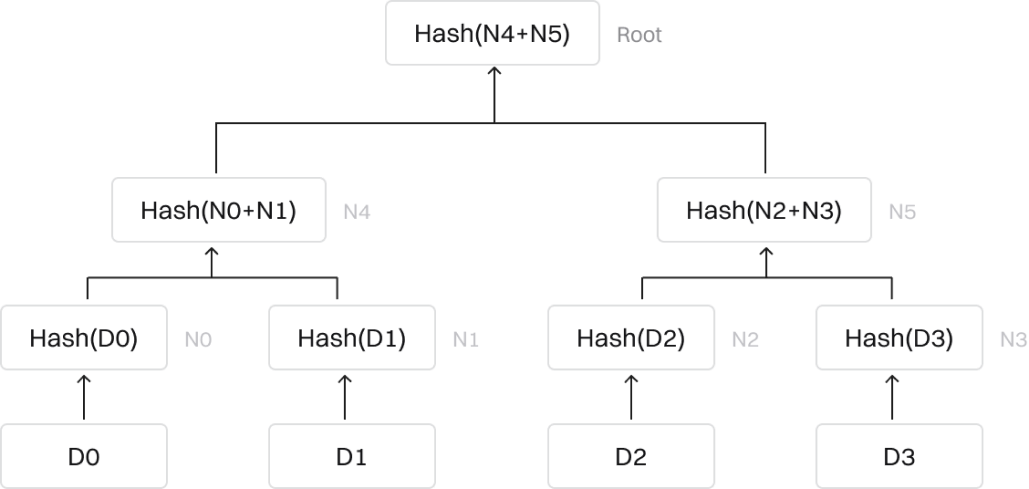Bitget's open-source Proof of Reserves code is available on GitHub.
View here


Indicates potential asset misappropriation.
Limited risk tolerance for black swan events.
Large-scale withdrawals can trigger a bank run, potentially resulting in the loss of user assets.
Demonstrates that the platform holds sufficient reserves at all times.
Enhances the security of users' assets.
Ensures the platform can cover all withdrawals, even in a 100% withdrawal scenario.


Indicates potential asset misappropriation.
Limited risk tolerance for black swan events.
Large-scale withdrawals can trigger a bank run, potentially resulting in the loss of user assets.


